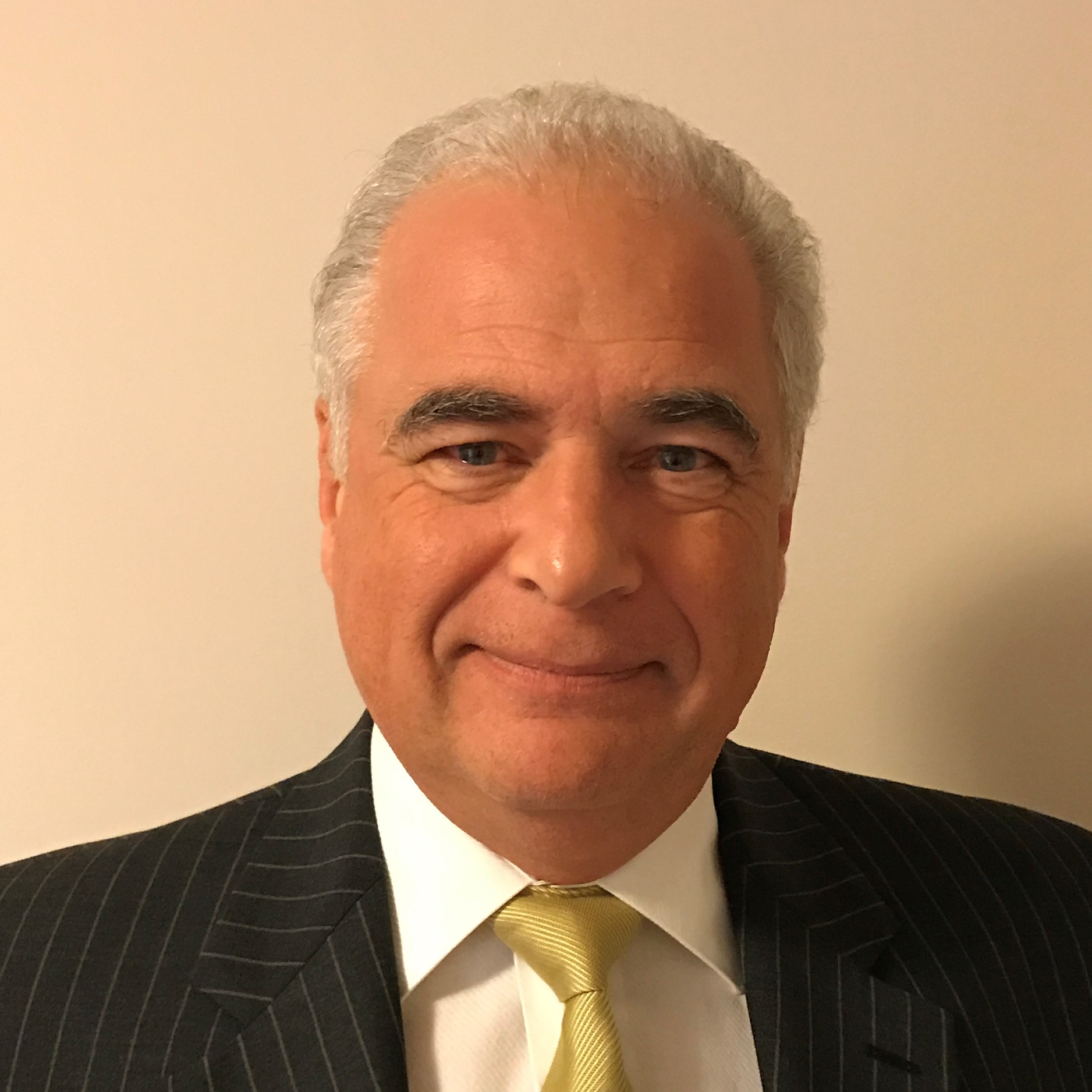Dr. Andrey Livchak has over 30 years of international experience in the HVAC industry. He graduated from Moscow Civil Engineering University in 1983 with honors and M.Sc. degree. In 1989 he received Ph.D. in engineering from the same university. His expertise covers several areas including air distribution, heat recovery, cooling, heating systems, acoustics and commercial kitchen ventilation.
Dr. Livchak started his engineering career in 1983 in Moscow working at the government research laboratory. He joined Halton in 1989 working first in its European division and in 1998 moved to the U.S. to manage Halton R&D center. In his current position as the Director of Global R&D for the Foodservice division, Dr. Livchak is responsible for planning and coordinating research and development of five Halton Research Centers in America, Europe and Asia.
Dr. Livchak is an active AHRAE member, he works on TC 5.3 (Air Distribution) and SPC-200 Method of Testing Chilled Beams committees, has over 50 publications including more than 20 patents.
Fundamentals of Thermal Displacement Ventilation
GBCI Approved | 1 CE Hour | 0920017338
AIA Approved | 1LU| LIVCHAK03
Thermal displacement ventilation (TDV) is a unique system that saves energy and, at the same time, improves indoor environmental quality of HVAC systems in cooling applications. This presentation will give classification of air distribution systems in terms of temperature and CO2 concentration; it will describe fundamental differences between TDV and Mixing Ventilation. It will explain how ASHRAE Standard 62.1-2010 impacts TDV system design and describe benefits and limitations of TDV. It will also cover TDV performance when space heating is provided by secondary heating systems and when displacement diffusers are used for space heating in all-air systems.
Energy Efficient Solutions for Commercial Kitchen Ventilation
GBCI Approved | 2 CE Hour | 0920014334
AIA Approved|2LU|LIVCHAK01
Restaurants are among the buildings with the highest energy intensity in commercial sector. They contribute over 500 trillion Btu to the U.S. annual energy consumption. This presentation will give practical recommendations how to reduce energy consumption of a foodservice facility by up to 50% and improve its indoor environmental quality for better employees’ and customers’ satisfaction. This presentation will describe new designs as well as recommendations how to improve efficiency of existing commercial kitchens. It will also cover requirements of the latest edition of ASHRAE 90.1 Standard in regards to efficient ventilation design of commercial kitchens. Presentation will be useful for owners, operators, energy and design professionals involved in design, construction and operation of foodservice facilities.
Emission Control for
Commercial Kitchen
Ventilation Systems
Cooking processes in commercial kitchens produce a large range of emissions, including grease particulate, gaseous
vapors, and smoke. Some of cooking emissions are dangerous to human health. The other important aspect of cooking
emissions is that they can also produce odors, typically in the form of volatile organic compounds (VOC’s) that can be
seen as a nuisance by people living or working in vicinity of the kitchens. This course describes emissions from cooking
process, best mitigation practices and technologies for a given application.
